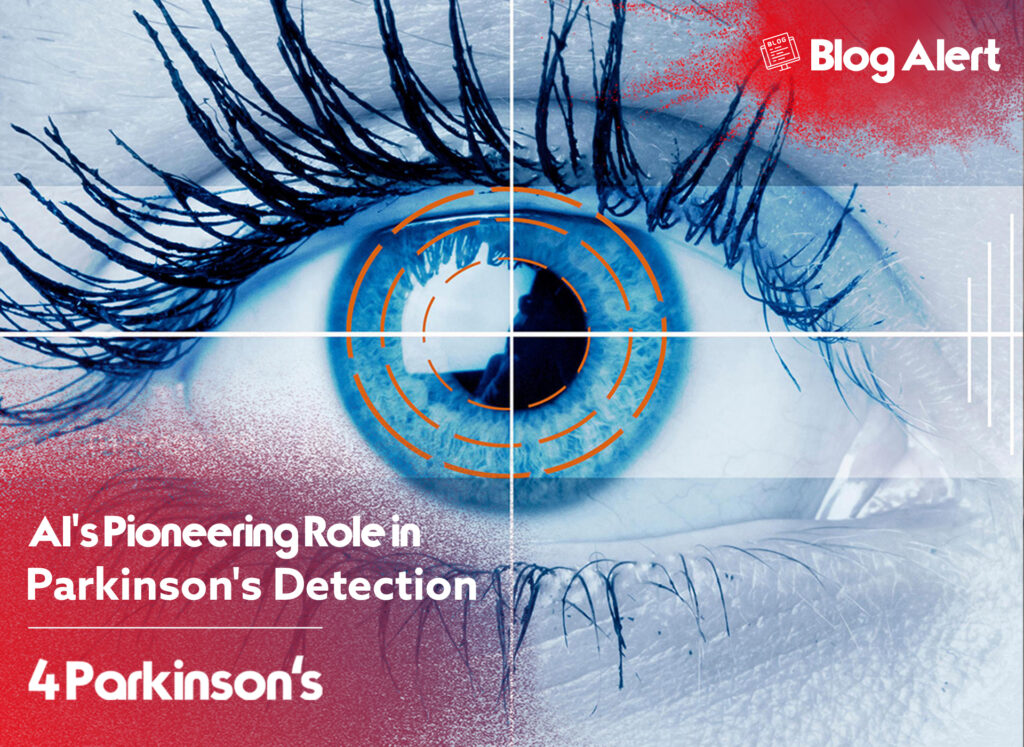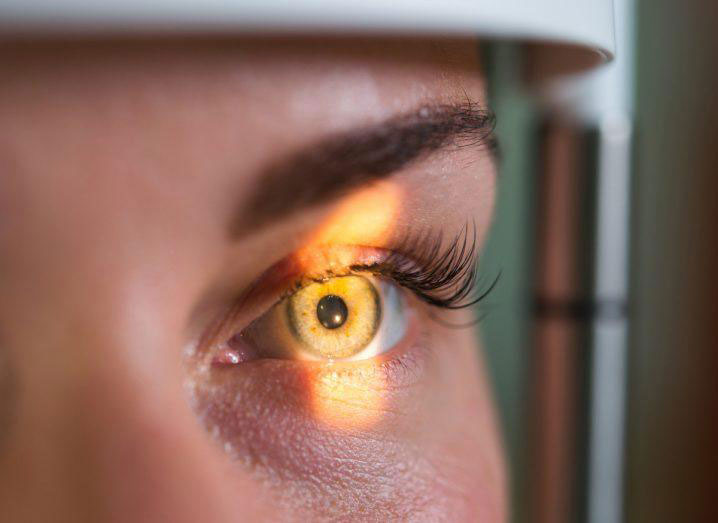
Scientists report that AI eye scans can spot Parkinson's disease seven years before symptoms.

Through the analysis of eye scan data and the application of machine learning, scientists have validated the ability of artificial intelligence (AI) to identify subtle indicators of Parkinson's disease several years before an official clinical diagnosis. This research aims to uncover methods for early detection, potentially offering opportunities to impede the disease's advancement.
London's Moorfields Eye Hospital and the UCL Institute of Ophthalmology employed artificial intelligence to examine a dataset and identify retinal markers.
This procedure detected structural distinctions in the eyes of individuals with Parkinson's disease compared to those without the condition. Remarkably, this research has illuminated the possibility that eye scans may have the potential to detect early signs of Parkinson's disease up to seven years before the conventional diagnostic timeline.
The study, released in the Neurology journal on 22nd August 2023, leveraged two extensive health data collections – the AlzEye dataset and the UK Biobank database – to discern these subtle markers despite the relatively low occurrence of Parkinson's disease in this population.
Researchers delved into data derived from optical coherence tomography (OCT) scans, a 3D imaging technique renowned for its detailed retinal cross-sectional views. They scrutinised records from a cohort comprising 154,830 patients aged 40 and above who had visited eye hospitals in London from 2008 to 2018.
This meticulous process was then replicated with data extracted from a medical database, encompassing 67,311 healthy volunteers aged between 40 and 69. Remarkably, it unveiled that individuals with Parkinson's exhibited a thinner ganglion cell-inner plexiform layer and inner nuclear layer within the eye. These markers were discerned, on average, seven years before clinical symptoms manifested.
OCT scans, commonly employed by optometrists, offer valuable insights into monitoring eye health by revealing cellular layers beneath the skin's surface. Researchers propose that scrutinising these layers in the years preceding symptom onset could potentially facilitate earlier disease detection.

Scientists are still surprised by what they can find with eye scans.
Claire Bale, the Associate Director of Research at Parkinson's UK, stated: "Intervening earlier to stop the loss of precious brain cells is the key to preventing the condition.
"And because the eye scans analysed in this study are non-invasive and already in routine use, this could be easily put into practice in the NHS."
Professor Alistair Denniston, consultant ophthalmologist at University Hospitals Birmingham, said: “This work demonstrates the potential for eye data, harnessed by the technology to pick up signs and changes too subtle for humans to see. We can now detect very early signs of Parkinson’s, opening up new possibilities for treatment”.
“While we are not yet ready to predict whether an individual will develop Parkinson’s, we hope that this method could soon become a pre-screening tool for people at risk of disease,” study co-author Siegfried Wagner from the University College London said.

In addition to the groundbreaking findings on early detection of Parkinson's disease through AI-assisted analysis of retinal markers, researchers are exploring innovative ways to leverage artificial intelligence for further advancements in understanding and managing the disease. The integration of machine learning models into the field of neurology has opened avenues for personalized medicine and targeted interventions.
One area of focus is the development of predictive models that not only identify early indicators of Parkinson's but also forecast the progression of the disease in individual patients. By analyzing vast datasets that encompass genetic information, lifestyle factors, and ongoing health records, machine learning algorithms can potentially generate predictive models that aid clinicians in tailoring treatment plans based on the unique characteristics of each patient. This personalized approach may pave the way for more effective and timely interventions, optimizing the management of Parkinson's disease.
Moreover, the application of AI extends beyond diagnosis and prognosis. Researchers are exploring how machine learning can assist in the identification of potential therapeutic targets and the development of novel treatments. By analyzing diverse datasets, including molecular and imaging data, AI algorithms can contribute to the discovery of underlying mechanisms and pathways associated with Parkinson's disease. This knowledge can guide the development of targeted therapies, bringing us closer to precision medicine for neurodegenerative disorders.
The synergy between AI technology and Parkinson's disease research is not only revolutionizing early detection through retinal markers but is also driving progress in personalized medicine and treatment development. As the field continues to evolve, the collaborative efforts of scientists, clinicians, and technology experts hold the promise of transforming our approach to Parkinson's disease, offering new hope for individuals at risk and those already affected by the condition.

Join our community in spreading hope and strength. Tell us your unique journey with Parkinson's to uplift and empower others.